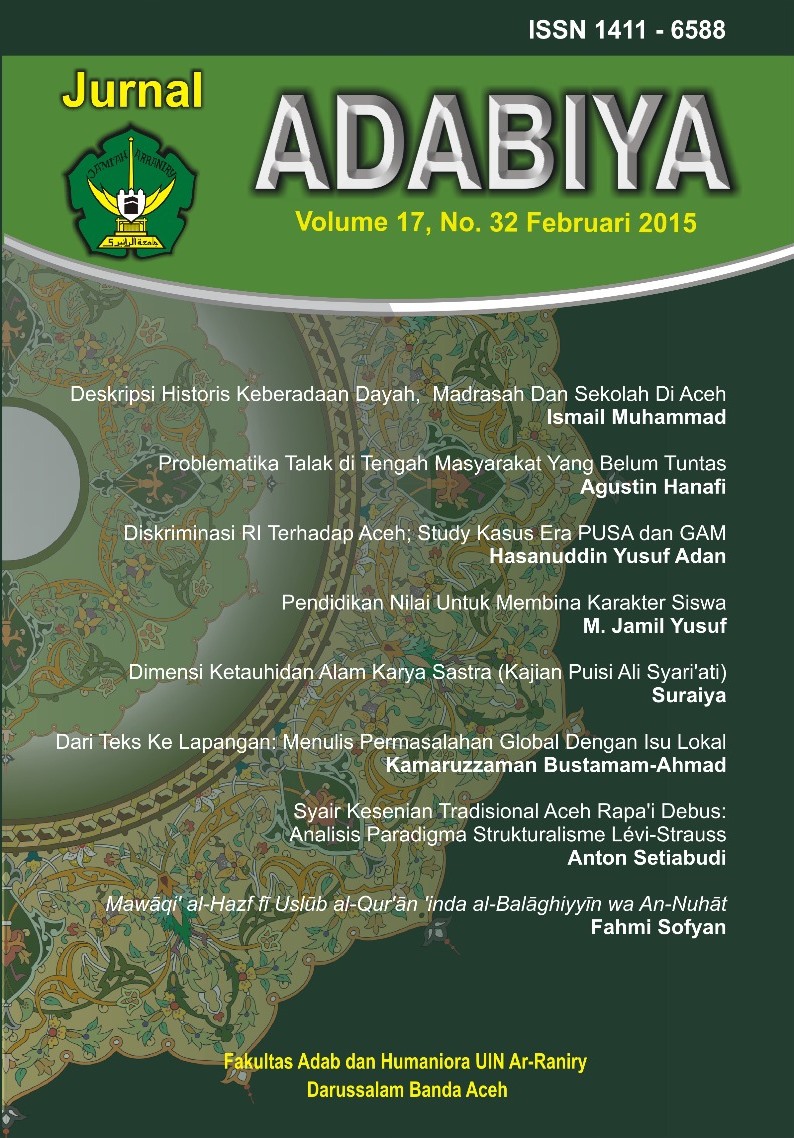References
Sumber Buku dan Jurnal
Almaidatul, Wahyu Widayati dan Kusmiyati. (2017). “Bentuk Dan Makna Kata Makian Di Terminal Purabaya Surabaya Dalam Kajian Sosiolinguistik” Jurnal Ilmiah FONEMA. vol. 4. no. 2.
Bungin, Burhan. (2010). FGD untuk Analisa Data Kualitatif, dalam Analisa Data Penelitian Kualitatif, Burhan Bungin (ed). Jakarta: Rajawali Press.
Chaer, Abdul dan Leonie Agustina. (2010). Sosiolinguistik Perkenalan Awal, Edisi Revisi. Jakarta: Rineka Cipta.
---------- (2003). Linguistik Umum, Cet. 02. jakarta: Rineka Cipta.
---------- (2009). Psikolinguistik Kajian Teoritik. Cet. 2. Jakarta: Rineka Cipta.
Creswell, John W. (2010). Research Design Pendekatan Kualitatif, Kuantitatf dan Mixed. Jakarta: Pustaka Pelajar
Dewi, Made Intan Kusuma, dkk. (2013) “An Analysis Of Balinese Kata makians Used In Cempaga Village”. Jurnal undiksha, universitas Pendidikan Ganesha. Vol. 1. No.1.
Fadlilatun, Roh, Sisilya Saman dan Agus Syahrani. (2015). “Penggunaan Makian Oleh Siswa Smp Dan Sma Di Kecamatan Ledo Kabupaten Bengkayang”. Jurnal Untan. vol. 4. no. 12
Hijazi, Fahmi. Madkhal Ila Ilmi Al-Lughah. Mesir: Dar Quba.
L, Jung, Magnus. (2011). “Swearing a cross cultural linguistic study. US: Palgrave Macmillan. Sweden: University of Stocholm.
Lexy J, Moleong. (2015). Metode Penelitian Kualitatif, Bandung: Remaja Rosdakarya.
Rosyidin, Odin. (2010). “Kajian Bentuk, Sumber, Serta Kategori Penggunaan Kata makian”
Rinaldi, Rizki. (2016). “The Use Of Kata makian In The Movies With Different Topics And Characters”, Thesis,
Sudaryanto. (1982). Metode Linguistik: kedudukannya, Aneka Jenisnya, dan Faktor Penentu Wujudnya. Yogyakarta: Fak. Sastra UGM.
Soemanto dan Wasty. (2012). Psikologi Pendidikan. Jakarta: Rineka Cipta.
Tan, Mely G. (1991). Masalah Perencanaan Penelitian, dalam Koentjaraningrat, Metode-Metode Penelitian Masyarakat, Jakarta: Gramedia Pustaka Utama.
Triardi, Rai bagus. (2017). “Penggunaan Makian bahasa Indonesia pada media Sosial (Kajian Sosiolinguistik)”. Jurnal sasindo Unpam, Vol. 5 No. 22.
Wijana, I dewa Putu dan Muhammad Rohmadi. (2006) Sosiolinguistik: Kajian Teori dan Analisis. Yogyakarta.
Zakariya, Michael. (1986). al-alsuniyah al-Taul.d.ah wa al- Ta.w.l.ah wa Qaw.id al-lughah al-‘Arab al- Jumlah al-ba...ah. Beirut: al-Muassasah al-Jam.’ah li al-Dir.sat wa al-Nashr wa al-Tauzi’.
Sumber Internet
http://www.tamiangnews.com/2017/08/akademi-komunitas-aceh-tamiang-terima.html



